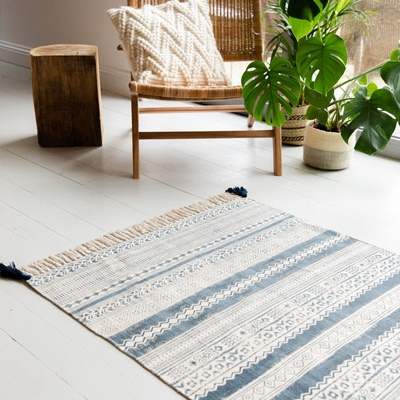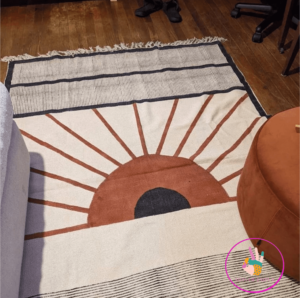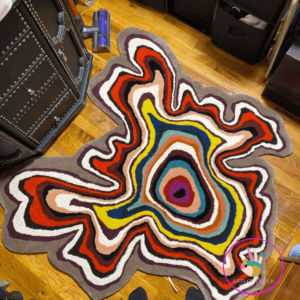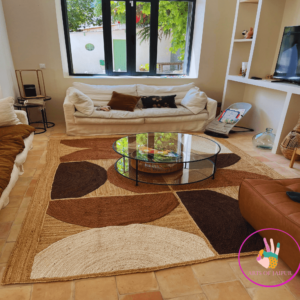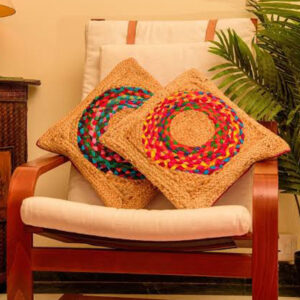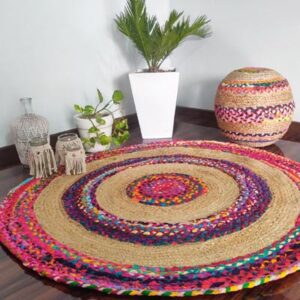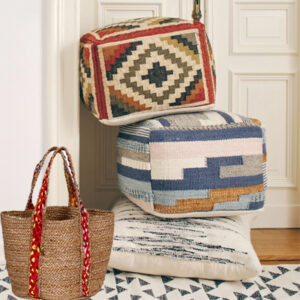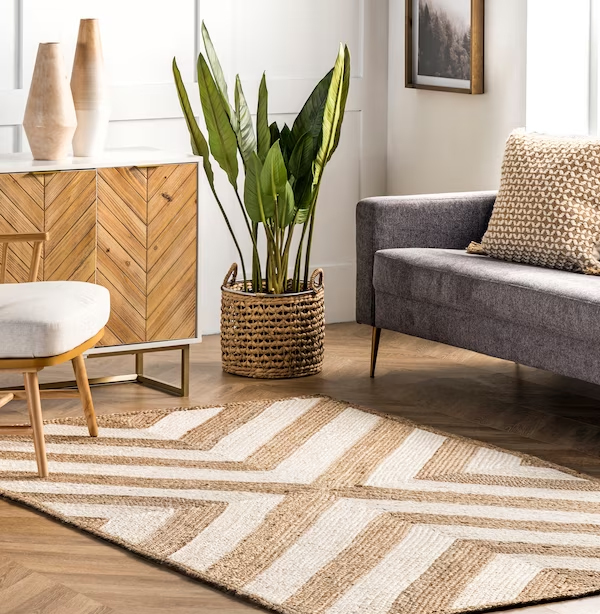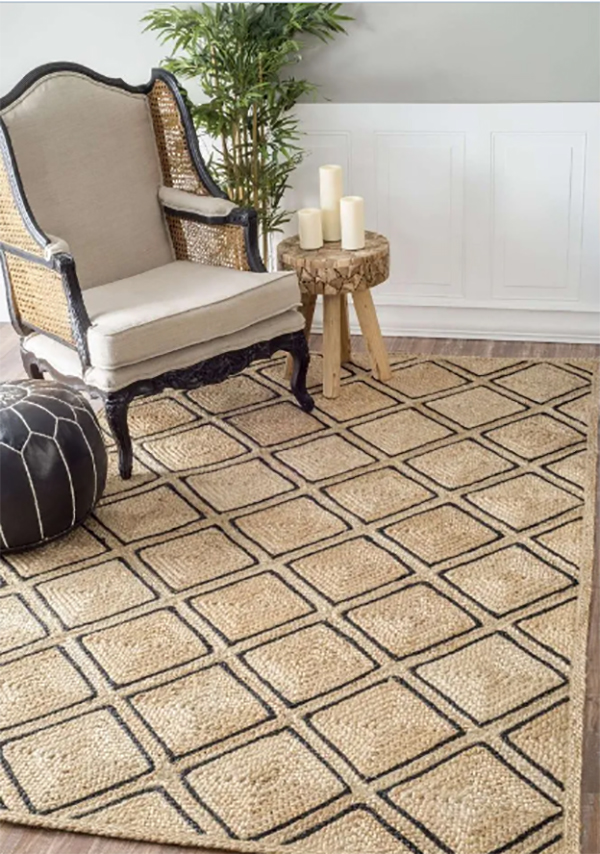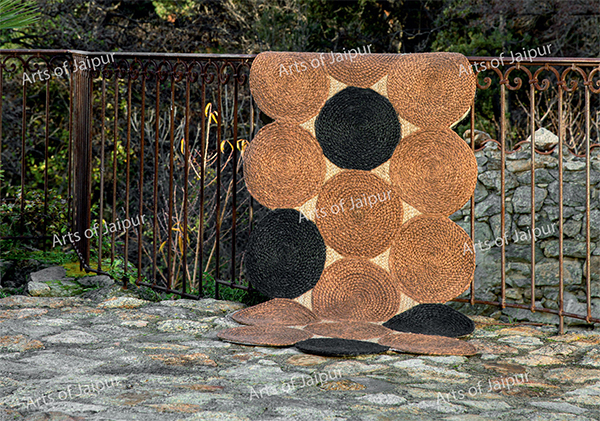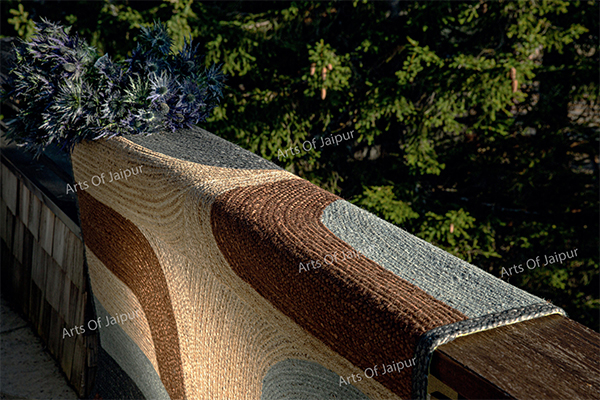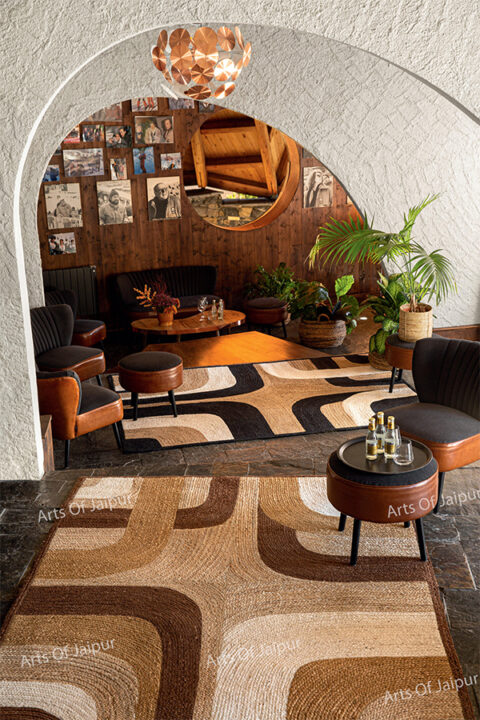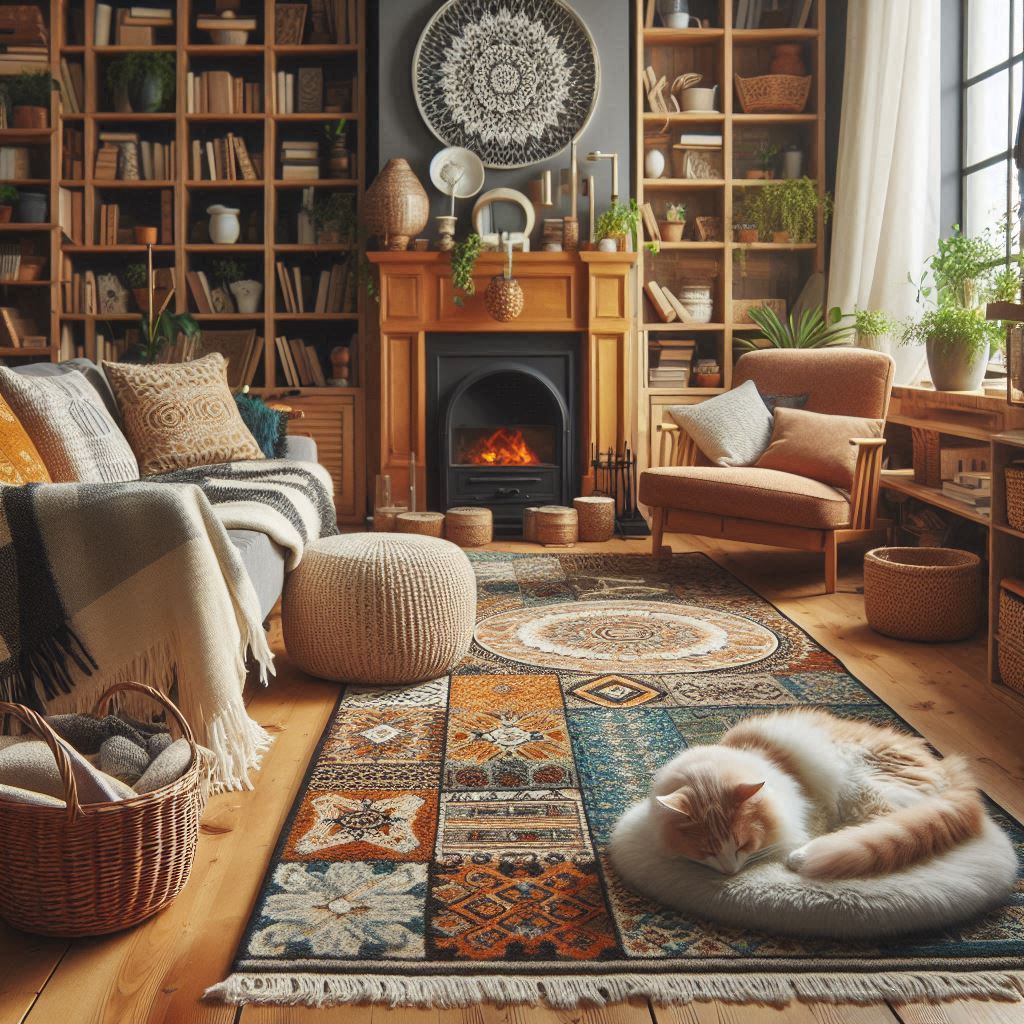Handmade Natural Hand Block Printed Rugs
Shop NowCategorieS
What We Make
Hand block rug
Buy low price Hand Block Printed Rugs, Arts of Jaipur
Hand Made Kids Rugs
Buy low price Hand Tufted Kids Rugs, Arts of Jaipur
Hand Braided Jute rug
Handwoven Natural Jute Braided Reversible Rugs, Arts of Jaipur
Hand Made Cushions
Handmade Cotton and Jute Décor Cushions Collection, Arts of Jaipur
Chindi Cotton rug
Chindi rugs adds a warm splash of color to any room, Arts of Jaipur
Hand Made Bag & Poufs
Handmade Bags and Décor Poufs Collection, Arts of Jaipur
New
HAND BRAIDED JUTE AREA RUGS
-
Sale!
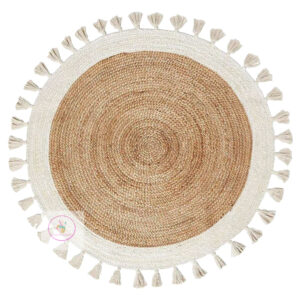 35% OFF
35% OFFBeautiful Hand braided Colorful Jute Carpet For Your Home Decor
$75.00 – $980.00
$48.75 – $637.00 -
Sale!
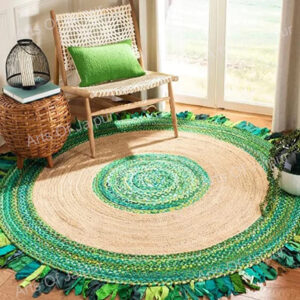 35% OFF
35% OFFBeautiful Handmade Braided Green Cotton Jute Round Rugs
$75.00 – $980.00
$48.75 – $637.00 -
Sale!
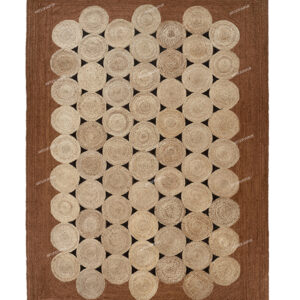 35% OFF
35% OFFBeige Brown Modern Hand Braided Jute Rug
$75.00 – $1,078.00
$48.75 – $700.70 -
Sale!
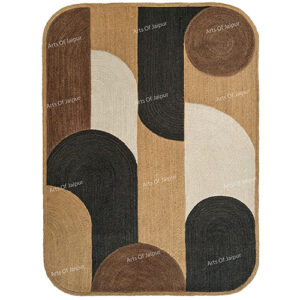 35% OFF
35% OFFBeige Brown Natural Hemp Jute Rug Large Area Rug For Bedroom
$75.00 – $1,078.00
$48.75 – $700.70 -
Sale!
 35% OFF
35% OFFBeige Yellow Round Jute Rug Hand Braided Jute Rug
$59.00 – $784.00
$38.35 – $509.60 -
Sale!
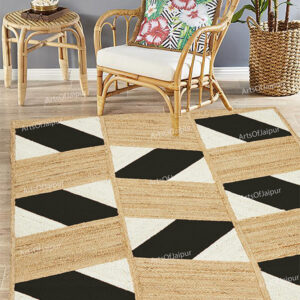 35% OFF
35% OFFBlack & Beige Geometric Rug Hand Braided Natural Jute Area Rug
$75.00 – $1,078.00
$48.75 – $700.70 -
Sale!
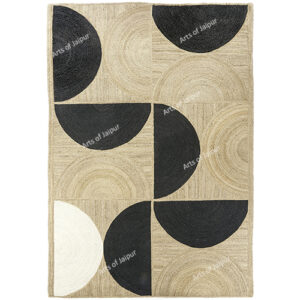 35% OFF
35% OFFBlack And White Beige Modern Hand Braided Jute Rug Garden Area Rug
$75.00 – $1,078.00
$48.75 – $700.70 -
Sale!
 35% OFF
35% OFFBlack Beige Modern Handwoven Carpet Jute Area Rug
$75.00 – $1,078.00
$48.75 – $700.70 -
Sale!
 35% OFF
35% OFFBlack Beige Natural Hand Braided Jute Rug
$75.00 – $1,078.00
$48.75 – $700.70 -
Sale!
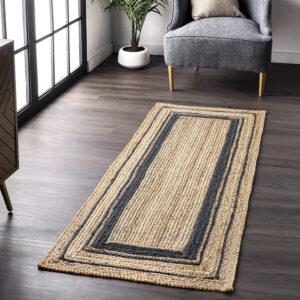 35% OFF
35% OFFBlack Bordered Jute Runner Bohemian Natural Jute Area Rug
$75.00 – $980.00
$48.75 – $637.00 -
Sale!
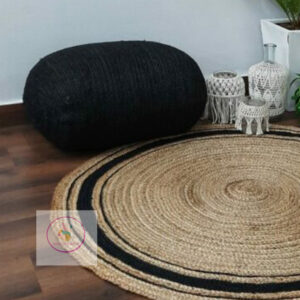 35% OFF
35% OFFBlack Bordered Natural Jute Fiber Round Rug For Home Decor
$75.00 – $980.00
$48.75 – $637.00 -
Sale!
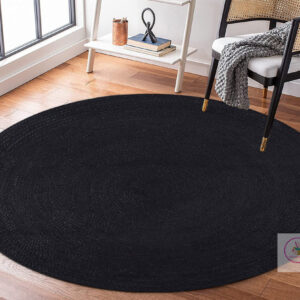 35% OFF
35% OFFBlack Round Braided Weave Jute Rug Handmade Round Area Rug
$75.00 – $980.00
$48.75 – $637.00
handmade rugs
How We Work
Handmade Natural Jute Rugs for Living Room Décor
Jute rugs are a fantastic addition to any living room, bringing natural beauty and eco-friendly charm to your home décor. Here’s why jute rugs are a perfect choice:
1. Natural Aesthetic
Jute rugs have a warm, earthy tone that complements a variety of interior styles, from rustic to contemporary. Their natural texture adds a cozy and inviting feel to your living space.
2. Eco-Friendly
Jute is a sustainable and biodegradable material. Choosing jute rugs helps reduce your environmental footprint, making your home décor both stylish and eco-conscious.
3. Durability
Jute fibers are strong and resilient, making jute rugs durable enough to withstand heavy foot traffic. They are an excellent choice for high-traffic areas like the living room.
4. Versatility
Available in various sizes, patterns, and designs, jute rugs can easily match your existing décor. Whether you prefer a minimalist look or a more intricate design, there’s a jute rug to suit your style.
ARTS OF JAIPUR !! WELCOME TO MY SHOP
>> 100% Child labor free items.
Introduction
Jute, often referred to as the “golden fiber,” is a long, soft, shiny vegetable fiber that can be spun into coarse, strong threads. It is one of the most affordable natural fibers and is second only to cotton in the amount produced and variety of uses. Hand-braided jute products, including rugs, bags, and decorative items, are popular for their durability, eco-friendliness, and rustic charm. This guide provides an overview of the natural hand-braided jute manufacturing process.
1. Cultivation and Harvesting
Cultivation:
- Jute is primarily grown in the warm and humid climates of India and Bangladesh.
- The cultivation process starts with sowing the jute seeds in well-prepared soil during the monsoon season.
- It requires a lot of water and is typically grown alongside rivers or in regions with abundant rainfall.
Harvesting:
- The jute plants are harvested when they reach maturity, usually 4-6 months after sowing.
- The plants are cut close to the ground and then left in the field for a few days to allow the leaves to fall off.
2. Retting
Retting Process:
- Retting is a crucial step in the jute production process where the fibers are separated from the plant stalks.
- The harvested jute stalks are bundled and submerged in water (preferably slow-moving rivers) for 2-3 weeks.
- Microbial activity helps to loosen the fibers from the stalks.
Types of Retting:
- Dew Retting: Laying the stalks in the field and letting dew and rainwater do the work.
- Water Retting: Submerging the stalks in water, the most common method for high-quality fiber.
***THANK YOU FOR VISITING ****
Natural Hand Braided jute Rugs Collection



